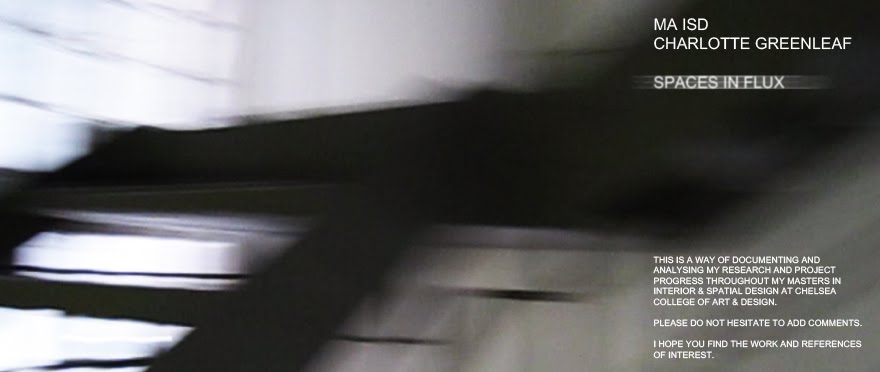





Super 8mm film is actually 8mm wide to begin with. Also, it has smaller sprocket holes which allows for a larger image. Finally, it is sealed in a self contained cartridge for easy loading.
You do not have to load Standard 8mm film in darkness, just be sensible and load it in slightly subdued light (i.e under a tree, not out in the sun.) The outer layers of film on the spool protect the inner ones from light whilst the film is being loaded.
A couple of other points worth mentioning. Although the image area on Super 8 is actually larger, this does not necessarily mean you always get a better picture. A Standard 8mm camera has a proper film gate with a pressure plate which keeps the film steady and in position behind the gate. With Super 8, the pressure plate is plastic and is built into the cartridge. This can result in image weave and jiggle (the film is actually moving from side to side a bit whilst being exposed).
Secondly, many Super 8 cameras have such enormous zoom lenses on them (to try and appeal to as wider market as possible) that, due to the number of elements of glass in the lens, you can often get a much worse picture than that achieved with a single prime lens on an old Standard 8 camera.
Also, standard 8mm film can be wound back in the camera and then re-exposed for all kinds of special effects and double exposure tricks.'
- Standard 8 vs. Super 8, Upperfold website
An 8mm Film viewer in action
I intend to research further into the Hahnel viewer I have acquired and try to incorporate it into my project. As I have previously mentioned, I am extremely keen to incorporate actual film into the device at some stage.


No comments:
Post a Comment